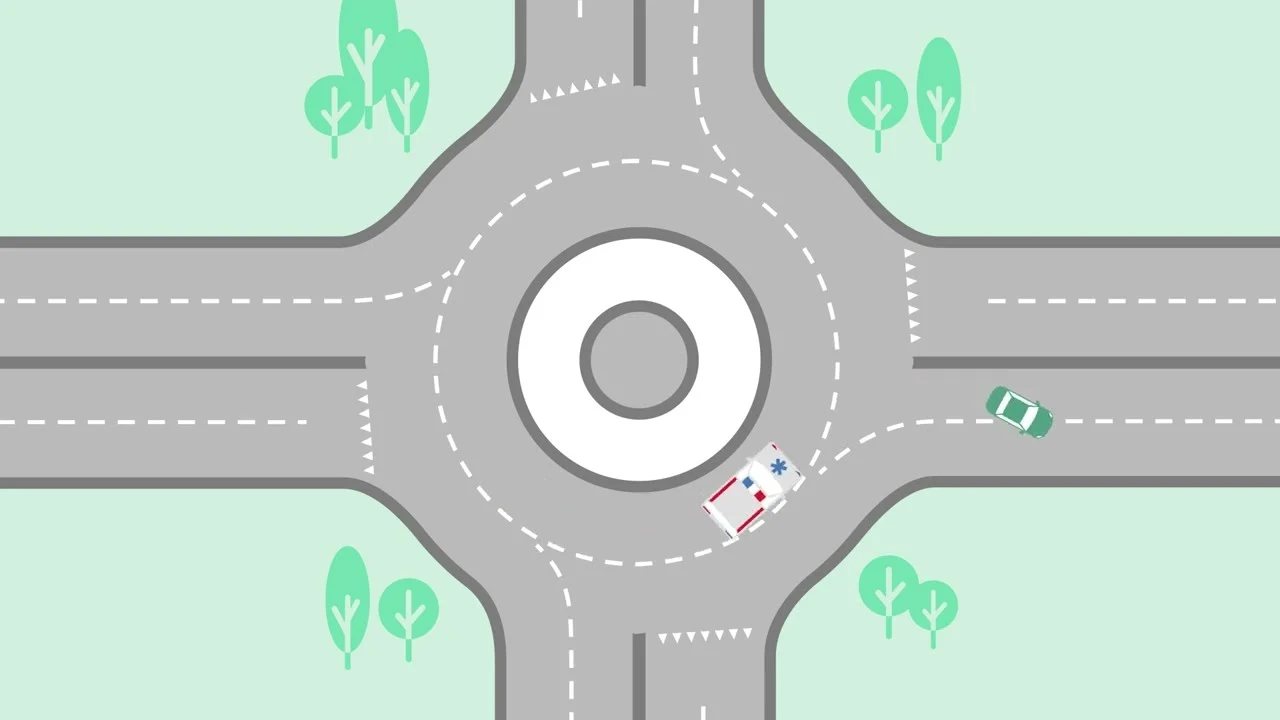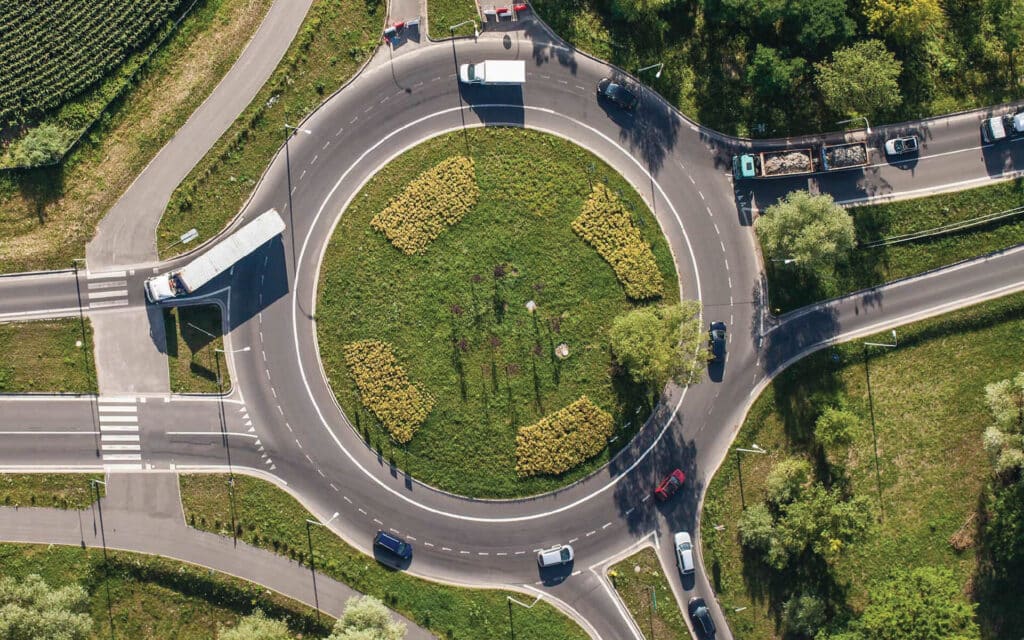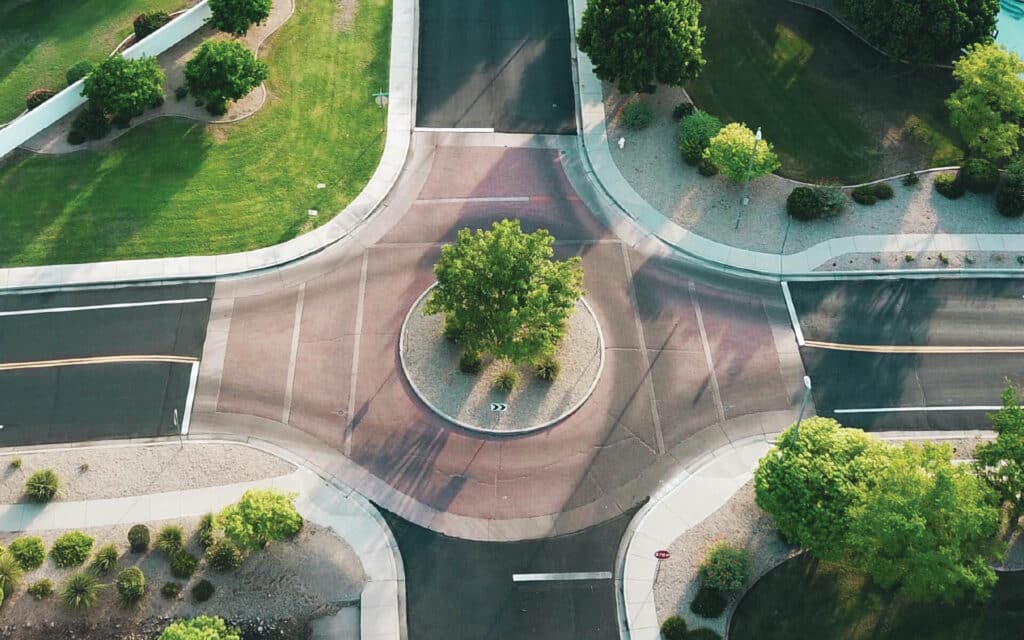Published on

https://youtu.be/5mklcs5HbmY?si=OrbrI5nFpIXig0vY
Many drivers know how to proceed through a straightforward intersection, but what about circular intersections? Chances are, you’ve come across them at some point, whether in cities, neighborhoods, or even shopping centers. Circular intersections come with their own set of rules, and can be a bit tricky to navigate if you’re not used to them.
The first thing you should know about circular intersections is that there are different types. People often refer to them collectively as “traffic circles” or “roundabouts,” but each of these is actually a specific type of intersection. Regardless of type, they all serve the same function: to slow the flow of traffic.

Modern roundabouts are designed to accommodate vehicles of all sizes, including emergency vehicles, buses, and truck and trailer combinations. They might be single-lane or double-lane. In a modern roundabout, drivers enter the intersection by navigating a gentle curve. Drivers yield to traffic already in the roundabout as they enter, then proceed into the intersection and exit at their desired street.

Calming circles are much smaller than modern roundabouts and often replace stop signs at four-way intersections. They are typically used in residential neighborhoods to slow traffic speeds and reduce accidents, but are typically not designed to accommodate larger vehicles. Many drivers often turn left in front of the circles rather than turning around them.

Traffic circles, or rotaries, are much larger than modern roundabouts. Traffic circles often have stop signs or traffic signals within the circular intersection. The Arc de Triomphe in Paris and DuPont Circle in Washington, D.C. are two examples of older-style traffic circles.
Drivers enter a traffic circle in a straight line and do not have to yield to traffic already in the circle. Traffic circles typically become congested if many vehicles enter at the same time.
Share this article

Evergreen Safety Council is proud to be endorsed by the American Association of Safety Councils and Specialized Carriers and Rigging Association.
We offer online, in-person, and private group training for each of our programs.
Choose an option below to get help with a class or a certification.
Need a new certification card? Fill out this form to request a replacement.
Download your materials, get help with your tech, or find out what you need to complete before the day of class.
Minimize downtime, disruption, and expense by having one of our experienced instructors train your staff, at your facility.
View our growing library of informative safety articles.
You have questions, we have answers. View commonly asked questions here.
Access your account page on our registration system or training portal.
Since 1932, we’ve been empowering people to achieve their potential by training them to stay safe on the road and on the job.